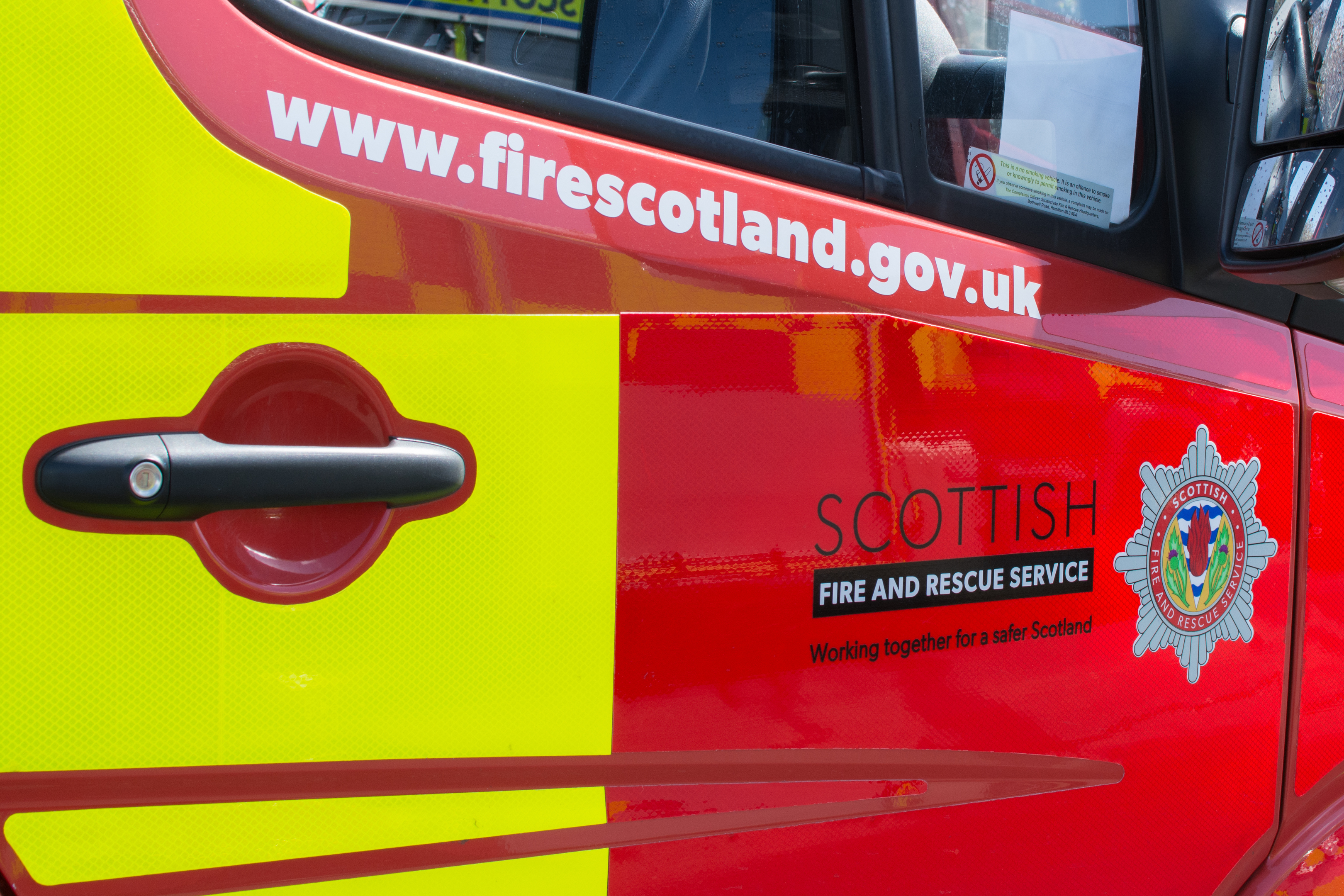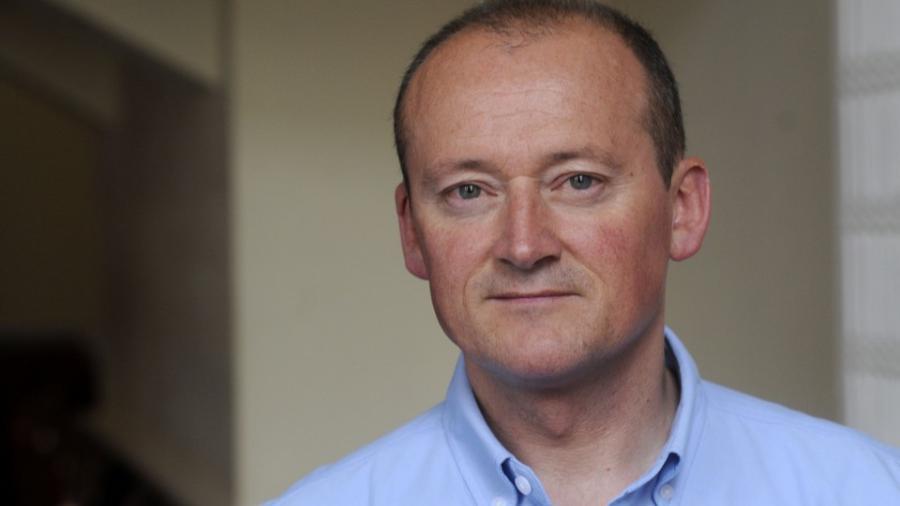
FIRE stations may close and the number of firefighters reduced in a proposed shake-up of the Scottish service, The Sunday Post can reveal.
The changes would see firefighters taking on an increased role responding to terrorist incidents, helping elderly people in the community and assisting with medical emergencies.
Details of the proposed reforms are revealed in a report from the Scottish Fire and Rescue Service’s assistant chief officer, Robert Scott.
But he warned that without an increase in government funding, the service will have a £23.3 million shortfall in its budget, equivalent to cutting 650 firefighter posts, by 2025-2026.
Mr Scott, the director for service redesign, said the current model was unsustainable.
He said: “The number of incidents we are attending has changed.
“There’s not the same number of chip pan fires, there’s not the same number of chimney fires because people live in a different way.
“But there are different types of incidents we could add value to. We have run trials responding to out-of-hospital cardiac arrests and had success.
“Terrorism is a very real threat that has escalated in the last few years and should the fire service have a role to play in that?”
“Without a doubt there are financial pressures on the fire service the same way there are in every area of the public sector.”
Among the major proposed changes are:
- training crews to play a key role in the event of a terrorist incident, with firefighters leading operations to evacuate people;
- responding to medical emergencies to offer first aid if a fire appliance is closer to an incident than an ambulance;
- offering more help to the public during severe weather. For example, offering support or shelter to people stuck in their cars during a blizzard;
- introducing smaller vehicles for retained crews to remove the need for crew to hold a heavy goods vehicle licence;
- expanding the fire safety visits into advice sessions covering topics like avoiding slips, trips and falls and the flu jag to help reduce burden on health services;
- a thorough review of the number of firefighters and stations, with the likelihood that both will be reduced;
The number of fires attended by the service has fallen dramatically.
In 2015-2016, the Scottish Fire and Rescue Service attended a total of 26,613 fires, 45% less than they attended in 2006-2007.
There has also been a long-term downward trend in fire fatalities in Scotland, with 45 people killed in 2015-2016 – just over half the number killed in 1994-1995.
Labour MSP Claire Baker added: “While we all want a modern service, change must not be driven by a cut-back agenda ending up in a situation where firefighters are undervalued and more stations are closed.”
Mr Scott said: “We are only at the very early stage for these proposals and there will be a degree of negotiation required.”
Remote responders
HUGE changes to the way the retained service works are among the new proposals.
The Scottish Fire and Rescue Service has launched several campaigns to try to recruit more retained firefighters in some of Scotland’s most remote areas but has struggled with numbers for years.
Crews in some areas are regularly unable to respond to emergencies because there must be a minimum of four crew members available.
But assistant chief officer Robert Scott said: “By using new technologies, could we find a way to respond with three crew members as a minimum instead
of four?”
Cutting casualties
THE wide-ranging reforms proposed by the fire service could see them responding to everything from a major terrorist attack to giving the elderly advice about staying on their feet.
As firefighters visit thousands of Scottish homes every year, assistant chief officer Robert Scott believes they should look at delivering a wider safety message.
He said: “We’ve driven down the number of fires, the number of fire deaths and casualties by routinely checking fire detectors. But when we’re in these homes we believe we could do more.”
In my view: Chris McGlone, Executive council member for the Fire Brigades Union Scotland

It’s essentially doing more with less. We’re already well into that process, there are 11,000 fewer firefighters in the UK than there were seven years ago.
It’s not been a managed, planned process, it has just happened through retirements. The retirement profile at the moment is a pretty steep slope.
It’s difficult to sit down with the service to discuss any of this because we’re in the middle of a national pay consultation. The outcome will dictate where we will go with this.
We decided a couple years ago to say, do we have a wider role here as firefighters? We agreed we do and we are more than willing to look at different aspects of our job. We will certainly always go to the table and sit down with the service but the chief officer recognises how difficult a position this is for the FBU. There could be jobs gone and stations closing and public will expect us to defend those.
Until we see clear evidence that we can identify the level of risk is significantly reduced, we’ll oppose any cuts.

Enjoy the convenience of having The Sunday Post delivered as a digital ePaper straight to your smartphone, tablet or computer.
Subscribe for only £5.49 a month and enjoy all the benefits of the printed paper as a digital replica.
Subscribe